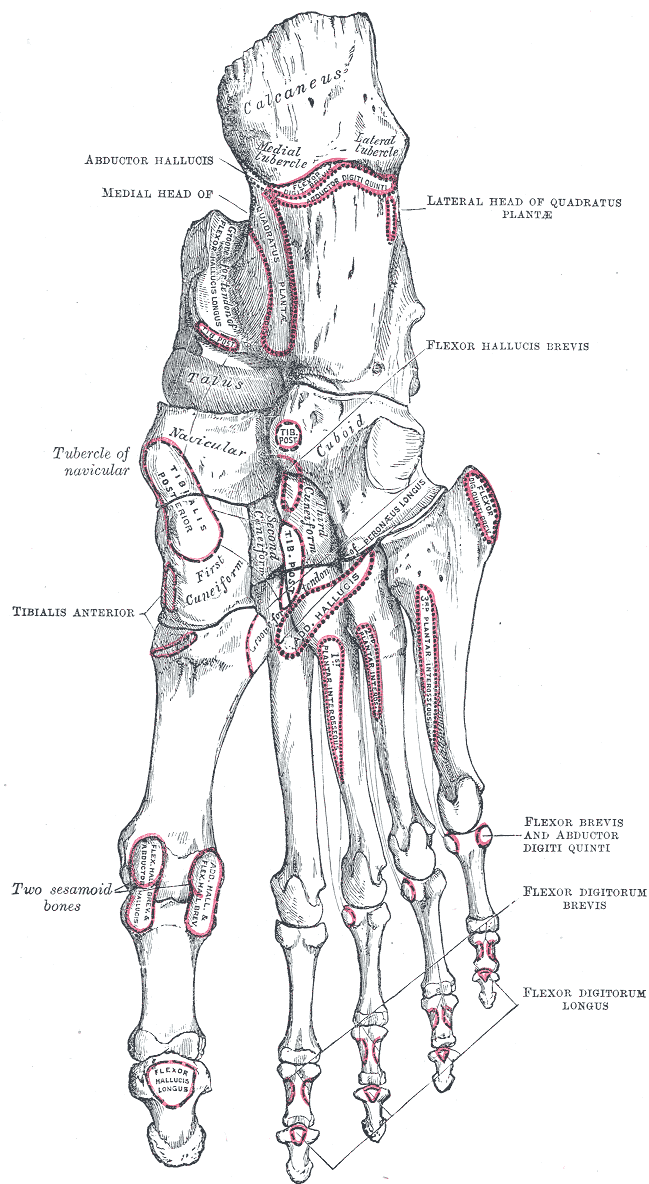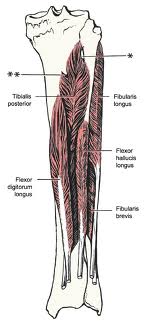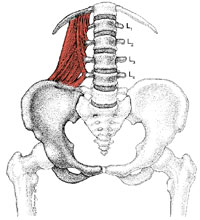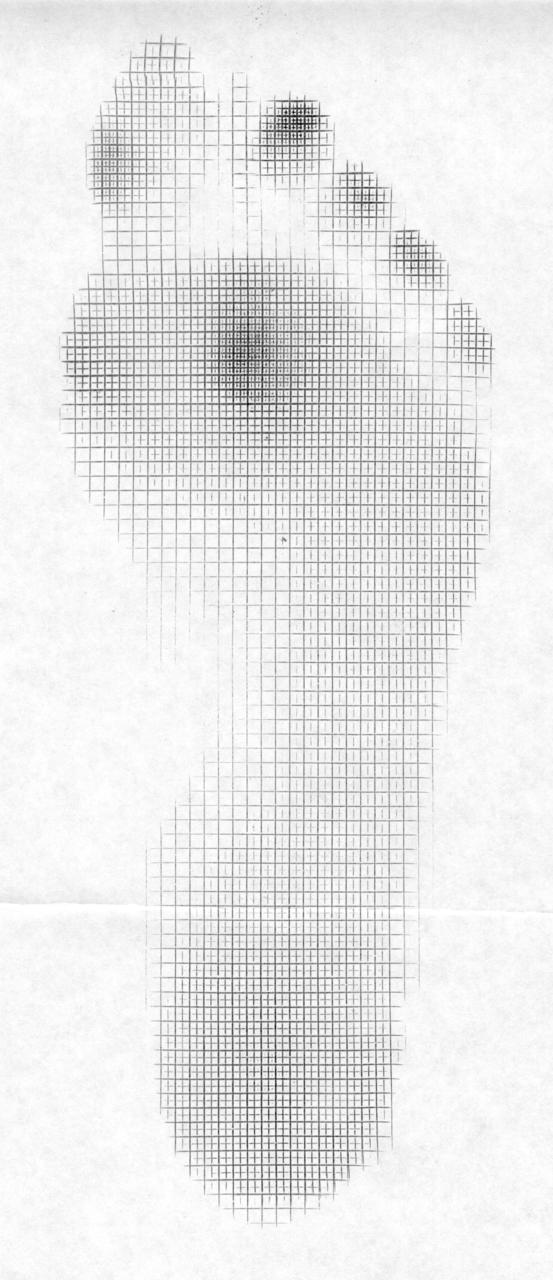Shoe Review: The Brooks Pure Project Line.
Ok, we have been meaning to get to this for months but are just getting around to it now. So for those of you who have been hounding us for the data, sorry, but thanks for keeping us on it. Here are the specs for the EVA midsole thicknesses and ramp numbers. Remember, ramp angle can only be given if the length of the foot is known, so those numbers will not be given here. What is good to know is that we have another shoe in the category of the Saucony Kinvara, the Brooks Pure Project line. Below you will see the specs for all 4 in the line up. All have a 4 mm forefoot to rearfoot rise, in other words……the heel is only 4 mm lifted compared to the plane the forefoot is resting on. This still changes the biomechanics and neuromechanics that we were all given at birth that would really prefer the rear and forefoot to be on the same plane 1:1 ratio although a 4 mm rise is pretty darn close ! Our man beef with the Saucony Kinvara is that they did not use much black rubber outsole on the shoe other than the small thin layer glued to the traction lugs throughout the mid and forefoot. We have found that these shoes barely get 200 miles on them (give or take) and we and all our clients are already into the EVA midsole which wears down as fast as bubble gum might. This is a serious design flaw in our opinion. We like this shoe and like it for many clients but we are having to explain that they will burn through them in under 350 miles most likely. So, we are excited for the October Release of the Brooks Pure Project line……in the hopes that they have not made this same design choice. Remember, if you are new to this line of shoes, the 4mm lift variety, wean down from your old 12-20mm rear-foot lift trainers and try these with your shorter runs until skill, endurance and strength are achieved in this new foot orientation. It is gonna take some people some time to accomodate. (remember, there is no substitute for a doctor’s exam and watchful eye to see if you can even entertain this shoe type with your foot type). (Do not be fooled into believing there is going to be much stability provided by these shoes. They are all pretty neutral. If you have a forefoot varus, you better look in another direction !)
Here is the data …….
Brooks Pure Connect
lightest and most flexible shoe in the line, the PureConnect puts as little as necessary between the runner and road. 7.2 oz men, 6.5 oz women – 14 mm heel:10 mm forefoot
Brooks Pure Flow
For runners who want to connect with the run without losing the comfort
of dynamic cushioning. 8.7 oz men, 7.5 oz women – 18 mm heel :14 mm forefoot
Brooks Pure Cadence
Runners who need more supportive features can still experience the feel
of a more natural stride. 9.5 oz men, 8.3 oz women – 18 mm heel:14 mm forefoot
Brooks Pure Grit
Trail runners will love the hug-your-foot upper, slim midsole, and pliable
yet protective outsole. 8.9 oz men, 7.6 oz women – 15 mm heel:11mm forefoot
__________



























